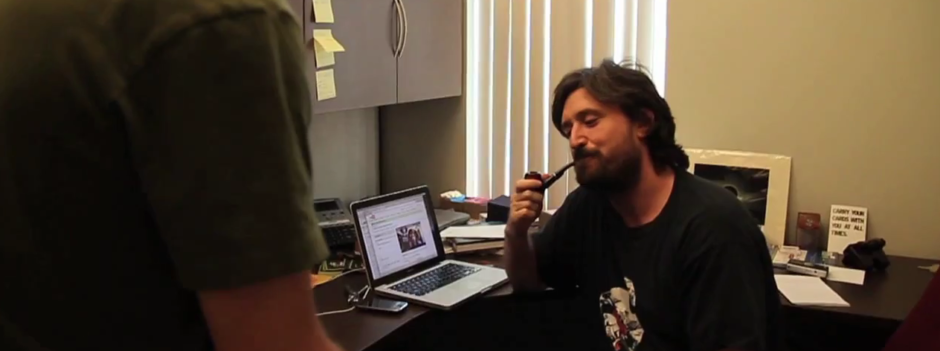“From a first-person point of view, intersubjectivity comes in when we undergo acts of empathy. Intersubjective experience is empathic experience; it occurs in the course of our conscious attribution of intentional acts to other subjects, in the course of which we put ourselves into the other one’s shoes. In order to study this kind of experience from the phenomenological attitude, we must bracket our belief in the existence of the respective target of our act-ascription qua experiencing subject and ask ourselves which of our further beliefs justify that existence-belief as well as our act-ascription. It is these further beliefs that make up the rational structure underlying our intersubjective experience. Since it takes phenomenological investigation to lay bare these beliefs, they must be first and foremost unconscious when we experience the world in the natural attitude.
Among the fundamental beliefs thus uncovered by Husserl is the belief (or expectation) that a being that looks and behaves more or less like myself, i.e., displays traits more or less familiar from my own case, will generally perceive things from an egocentric viewpoint similar to my own (“here”, “over there”, “to my left”, “in front of me”, etc.), in the sense that I would roughly look upon things the way he does if I were in his shoes and perceived them from his perspective. This belief allows me to ascribe intentional acts to others immediately or “appresentatively”, i.e., without having to draw an inference, say, by analogy with my own case. So the belief in question must lie quite at the bedrock of my belief-system. It forms a part of the already pregiven (and generally unreflected) intentional background, or “lifeworld” (cf. Crisis), against which my practice of act-ascription and all constitutive achievements based upon that practice make sense in the first place, and in terms of which they get their ultimate justification.”
– Edmund Husserl (Stanford Encyclopedia of Philosophy)

